Ebenezer Architect Andrew Norman: Life and Work
Born in 1860 in Värmland, Sweden as the seventh child of nine, Andrew Norman immigrated to Brooklyn, New York at the age of 20. He worked as a cabinetmaker, making use of the woodworking skills he developed as a young boy in Sweden. After six months, he made his way to Ishpeming, Michigan where he worked as a foreman in a furniture factory, and in his spare time, entered his woodcarvings into competitions—winning the top prize on at least two occasions. Ishpeming is also where he met Ulrika Olson, a native of Älvsborg (formerly Dalsland), Sweden. They were married two years later in 1882. Perhaps his greatest achievement was a carving he did for the Columbian Exposition in Chicago in 1893. Carved from a single piece of Turkish boxwood on which he worked for over a year, the “statuette” was no bigger than a large chop plate (approximately 12” high and 14” wide) and was displayed at the Swedish Pavilion of the Fair. A photo of it is shown below. It was described by one observer as the eighth wonder of the world.
In 1888, Norman and his family moved to what is now Andersonville, near the Summerdale station of the Pacific North Railroad. The family lived in two different houses during the following years, until 1904, when they moved to 1754 Granville, where the family remained until 1989.
Unlike the architects who have lived in Edgewater Andrew E. Norman appears not to have had many, if any, wealthy clients. Consequently, we do not see much grand architecture in his portfolio, but this also accounts for his prolific output when it comes to Edgewater buildings.
From 1900 to 1930, during the “Bungalow Boom” period in Chicago, Norman designed and built hundreds of bungalows, larger homes, small apartment buildings, and general use buildings. The American Contractor database that covers the period 1898 through and including 1912 shows that he designed 292 buildings: one in 1898 (5201 N. Ashland in Edgewater), and then increasingly more each year. Of the total, 114 were in Edgewater (39%). His bungalow designs greatly vary, showing a lot of creativity and experimentation. Among them are “jumbo bungalows” like 1718 West Gregory Street built in 1925 in Edgewater, polygonal-front bungalows like 6524 North Artesian Avenue built in 1923 in West Ridge, and atypical front-gable bungalows like 2115 West Morse.
At least two of the larger homes (or home additions) Norman designed are on the National Register of Historic Places: a 1902 foursquare at 2430 North Kedzie Avenue in Logan Square, and a 1908 foursquare at 6337 North Hermitage Avenue in Edgewater which he built an addition to in 1925.
While Norman specialized in single-family homes and small apartment buildings, he also designed several churches. He even designed ten or so Lutheran churches including Ebenezer Swedish Lutheran (1650 West Foster Avenue) and Unity English Lutheran (1212 West Balmoral Avenue) in Edgewater, and Concordia Swedish Lutheran (3855 North Seeley Avenue) in North Center. Ebenezer Lutheran Church is probably his most notable church, given his personal association with it. He also designed two senior residences and one community center – the Viking at 3255-57 N. Sheffield. It still stands although it is no longer a community center.
He also designed several mixed-use buildings in Edgewater (commercial on ground floor; apartments on second and third floors). There were at least two in today’s Andersonville and then several on north Clark Street in the 6100, 6200 and 6300 blocks.
On June 19, 1932, Andrew and Ulrika celebrated their 50th wedding anniversary in a ceremony at Ebenezer Swedish Lutheran Church – the church he had designed some 28 years earlier. His six sons and three daughters and numerous grandchildren were among the more than 400 people in attendance.
In 1933, about a year before his death at the age of 74, Andrew E. Norman penned his memoirs entirely in Swedish and subsequently translated into English. He wrote: “We thank God for the good, even though it has, most of the time, been kind of little for us. But, if we would have been millionaires and the love had flown from us, how cold it would have been on this earth for [our] children and friends and for us.” Despite being nearly penniless at death, Andrew, with Ulrika at his side, lived a purposeful life.
Andrew E. Norman died on September 17, 1934, at the age of 74 from a cerebral hemorrhage. His wife died about 10 years later; both are buried in Rosehill Cemetery.
Sources: Ernest Wilhelm Olson, The Swedish Element in Illinois, 1917; Chicago City Directories; Economist; American Contractor; Cook County Recorder of Deeds Tract Books; 1920 Federal Census, Illinois and Cook County Vital Records; conversation with great-granddaughter Chris Kale Corcoran; and monograph by her on Andrew E. Norman; and https://www.chicagobungalow.org/single-post/2016/12/15/My-Great-Grandfather-A-Bungalow-Architect.
